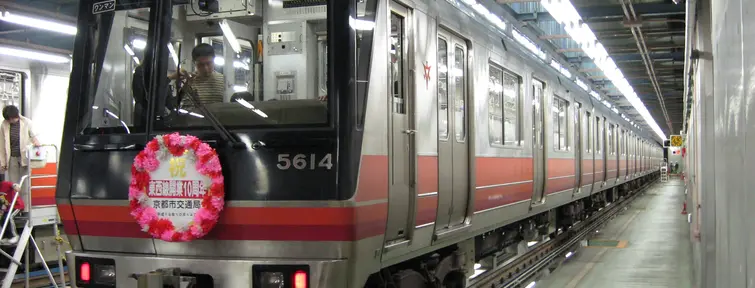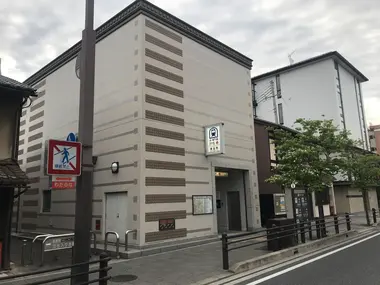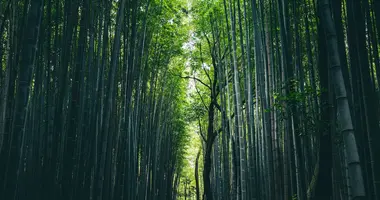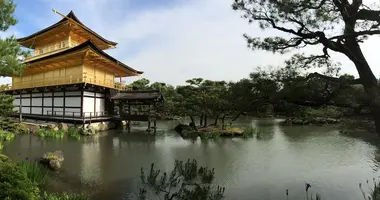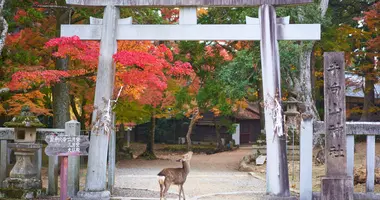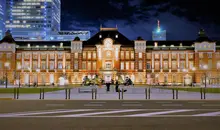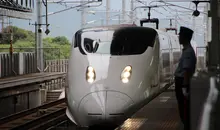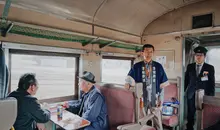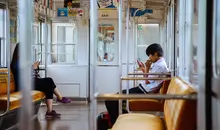Tozai Line Kyoto Subway
- Published on : 10/02/2023
- by : Joshua
- Youtube
The Tozai Line of Kyoto Subway runs east-west from Rokujizo Station to Uzumasa Tenjingawa Station. The Tozai Line intersects with the Karasuma Line at Karasuma Oike Station.
The the east-west Tozai Line (red) and the north-south Karasuma Line (green) are the two lines that make up the Kyoto subway network.
Each station also has its own individual color code based on a flower (eg. Daigo Station is sakura-iro = cherry blossom) and is equipped with platform screen doors. The Tozai Line is 17.5 km long and runs from Rokujizo Station in the south east of Kyoto in Fushimi-ku to Uzumasa Tenjingawa in Ukyo-ku in the west. The line is completely barrier-free for wheelchair users.
The Tozai Line and Karasuma Line intersect at Karasuma Oike Station.
Tozai Line stations are coded with a "T" and then a number, thus Rokujizo Station is K01.
The Tozai Line was completed in stages from 1997 to 2008.
Tozai Line Stations
Rokujizo Station| Ishida Station | Daigo Station | Ono Station | Nagitsuji Station | Higashino Station |
Yamashina Station | Misasagi Station | Keage Station | Higashiyama Station | Sanjo Station
| Kyoto Shiyakusho-mae | Karasuma Oike Station | Nijojo-mae Station |
Nijo Station | Nishioji Oike Station | Uzumasa Tenjingawa Station
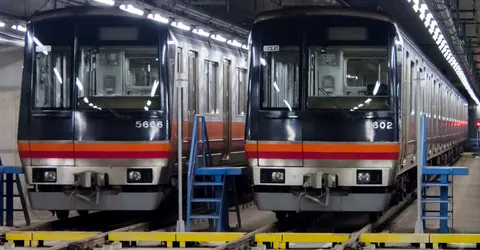
Kyoto Subway Trains
@Wikimedia
Ono Station
Ono Station (小野駅; T04) is south of the Meishin Expressway and north of Zuishin-in Temple, a pretty temple known for its plum blossoms and later cherry blossoms in spring as well as its azaleas and maples later in the year. Ono Station's color code is kobai-iro (red ume or plum). Zuishin-in Temple is connected with the Heian Period courtier and poet Ono no Komachi who was banished here and is said to have lost her mind while staying at the temple.
Higashiyama Station
Higashiyama Station (東山駅; T10) is located at the south west corner of the Okazaki museum district and this is the closest station to the area. From the station it is about 10-15 minutes walk to Heian Jingu, Kyoto Prefectural Library, Kyoto Municipal Museum of Art and on the same (west) side as Miyako Messe and the National Museum of Modern Art. Adjacent to exit 1 of Higashiyama Station is the rejuvenated Furukawa-cho shotengai (arcade). Nearby places to stay popular with foreign tourists are Hostel Haruya Kyoto, Guesthouse Oki's Inn and Hotel Japaning Kyoto. The more upmarket Kyoto Miyabi Inn is just nearby on the banks of an attractive canal.
Kyoto Shiyakusho-mae Station
Kyoto Shiyakusho-mae (京都市役所前駅; T12), as the name suggests, is adjacent to Kyoto Shiyakusho (Kyoto City Hall). The covered shopping arcade (shotengai) of Teramachi begins here on Oike. Kyoto Hotel Okura is close by as are a number of other hotels including the Kyoto Royal Hotel & Spa. Across Oike Dori is Honnoji Temple, where the warlord Oda Nobunaga met his death near the end of the 16th century.
